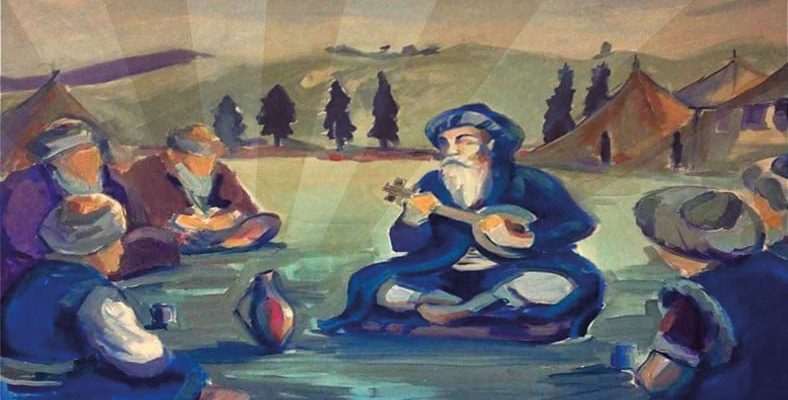Dede Korkut Stories, which are one of the oldest folk tales of ancient Turkish culture and only a few manuscripts have survived, are considered to be the work that most clearly describes the lives of pre-Islamic Turks. Let’s take a closer look at how Dede Korkut Stories, whose new story was discovered recently, came about, what are its features.
As we have been a nomadic nation throughout history, unfortunately, the number of sources from our thousands of years old culture until today is very few. Dede Korkut Stories shine like a precious pearl among this limited resource. Word of mouth for hundreds of years Dede Korkut Stories, we are lucky that It was written in a period and transferred to us thanks to the few copies that have survived to the present day.
Dede Korkut Stories are one of the works that most clearly describe the culture of the pre-Islamic Turkish world. These stories, which belong to the Oghuz tribe of the Turks, It is one of the important examples of the transition from epic to folk storytelling. The stories told in the stories have a kind of narrative that can be read for another thousand years. Let’s take a closer look at the names of Dede Korkut Stories, their features and how they came to be.
For those who don’t know, let’s briefly explain; What are Dede Korkut Stories?
Dede Korkut Stories are folk tales with epic features told in the Oghuz tribe in the pre-Islamic Turks period. Although it is a product of oral literature, it was written hundreds of years after its emergence. The Dede Korkut Stories that we know today are transmitted from three copies of these manuscripts that have survived to the present day.
Three surviving copies of Dede Korkut Stories and their features:
- Dresden copy
- Vatican copy
- Turkestan copy
Dresden copy:
The title was invented by HO Fleisch. Kitâb-ı Dedem Korkud Ala Lisân-ı Taife-i Oğuzân The Dede Korkut Stories Dresden copy has an introduction and 12 stories. This copy is kept in Dresden, Germany. A copy transferred from the original in 1815 is kept in the Berlin Library.
Vatican copy:
Yes, it is a bit interesting, but in the Vatican, which is the center of the Christian Catholic sect, Hikhayat-i Oguzname, Kazan Beg and Ghayri There is a copy of Dede Korkut Stories titled. The copy contains an introduction and 6 stories. It is stored in the Turkish section of the Vatican Library in the record number 102.
The stories in the Vatican copy are different from the stories in the Dresden copy. According to some experts, there was actually another copy that did not survive. and both the Dresden and the Vatican copies were copied from him. The difference between the copies is estimated to be due to different narrator transmissions.
Turkestan copy:
For many years, only the Dresden and Vatican copies of Dede Korkut Stories were known. Until the copy found in Kazakhstan in 2018. This copy is interesting because, in addition to the 12 known stories, it contains the story of Salur Kazan Killing the Seven-Headed Dragon, the 13th story. It is estimated that the copy dates from the 14th century.
Let’s take a walk through the dusty pages of history; How and when did Dede Korkut Stories come about?
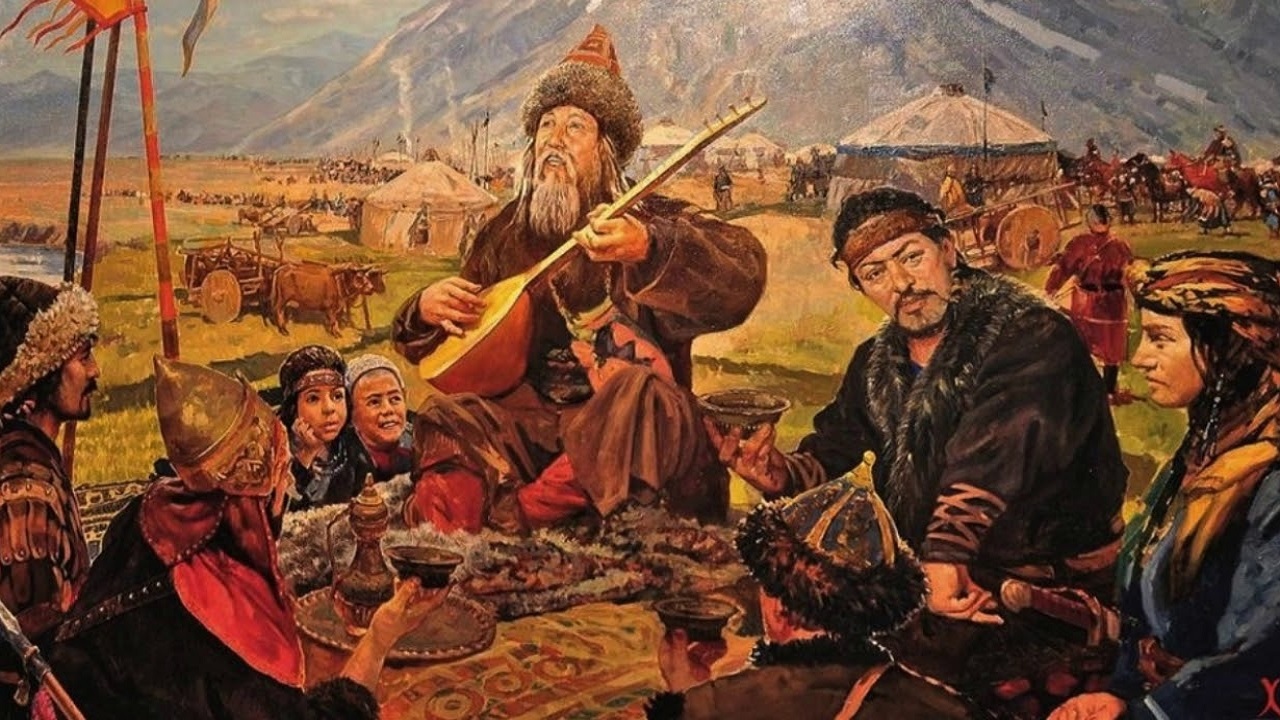
Alpamysh, one of the Dede Korkut Stories, is estimated to have emerged in the 5th or 6th century. Other stories are thought to have been told in the 11th and 12th centuries. With the Oghuz Turks’ conquest of Northern Iran, Southern Caucasus and Anatolia in the 11th century, stories began to spread in these regions as well.
Of course, the surviving manuscripts are not that old. It is estimated that the oldest copy we have reached was written in the 14th century, while the others were written in the 15th century. It is thought that these stories were written down by those who lived in the Akkoyunlu state, which ruled around Kars and Erzurum.
Let’s look at the features of Dede Korkut Stories:
- Dede Korkut Stories are the adventures of Turks in Anatolia.
- Its language is quite simple.
- Azeri dialect is prominent in Dede Korkut Stories.
- It is a unique source about pre-Islamic Turkish culture.
Dede Korkut Stories are the adventures of Turks in Anatolia:
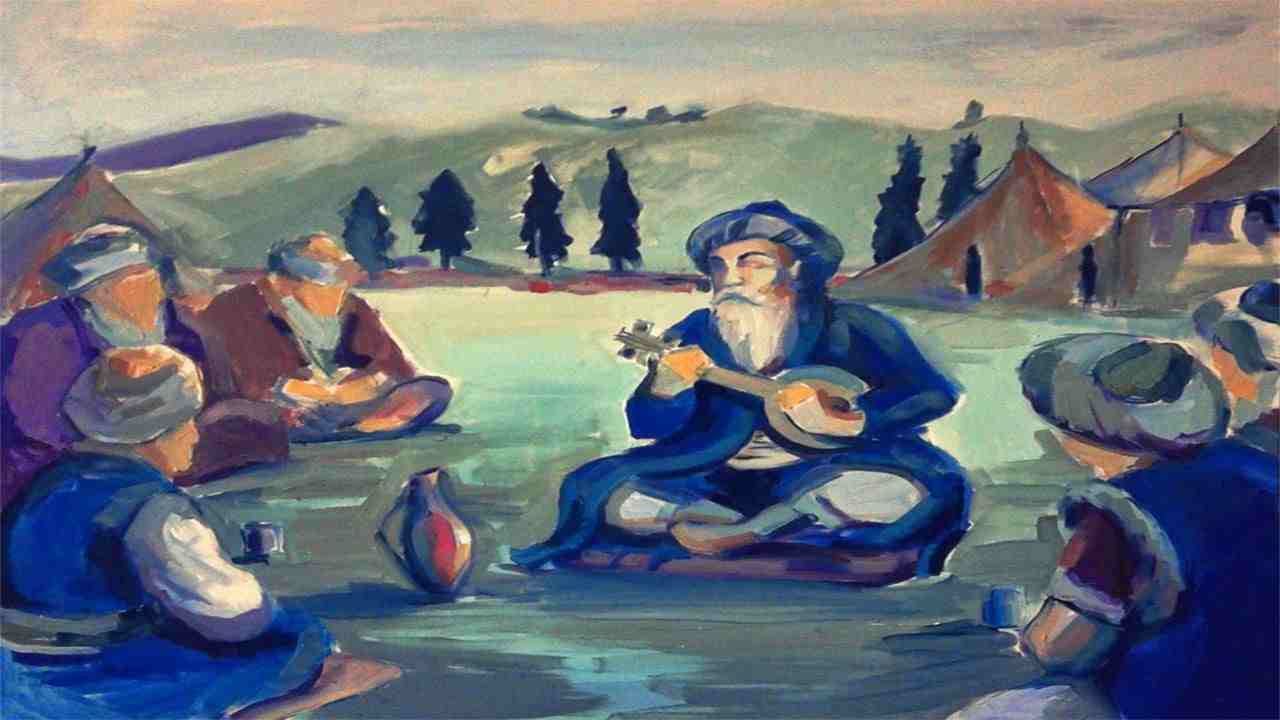
Most of the Dede Korkut Stories are found in Southeast Anatolia. It passes around the Kara Dere and Derasam Stream between the Tigris River and the Aras River. But there is a clear depiction of Trabzon in one story. In other words, it would not be wrong to say that the Dede Korkut Stories are the adventures of the Turks in Anatolia.
Its language is quite simple:
In Dede Korkut Stories, verse and prose, that is, poetry and prose, are used together. The language of the stories is extremely simple. however, it is decorated with poems with emotional reflections. Dede Korkut Stories have been one of the most important examples of the transition from epic to folk tales in oral Turkish literature.
Azeri dialect stands out in Dede Korkut Stories:
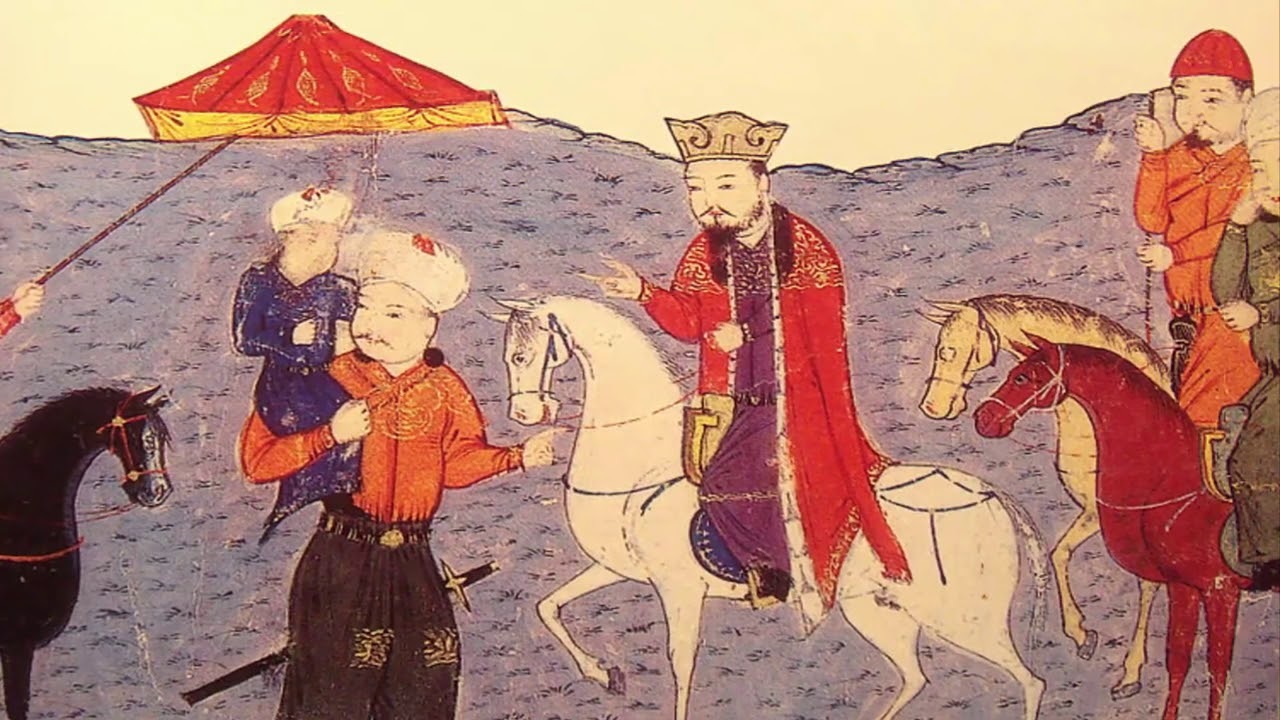
When we examine the general language features of Dede Korkut Stories, we see traces of Azeri dialect. However when compared to today’s dialect It is also seen that not all text is created in this way. Considering that the Azerbaijani Turks came from the Oghuz tribe, it is no surprise that these dialect features are seen.
It is a unique resource about pre-Islamic Turkish culture:
After the Turks converted to Islam, our resources are a little more abundant, but Unfortunately, there are not many details about the pre-Islamic period of thousands of years, except for third sources. Dede Korkut Stories, on the other hand, are considered as an extremely important source because they tell exactly this period, and moreover, in its simplest form.
Dede Korkut Stories Pre-Islamic Turks, especially Oghuz Turks explains the lifestyle, economic structure, belief system, clothes and eating habits in the clearest way. For example, it is extremely important information that every story starts with a toy, that is, the entertainment meetings held before the decision.
Names of Dede Korkut Stories that we encountered in different copies:
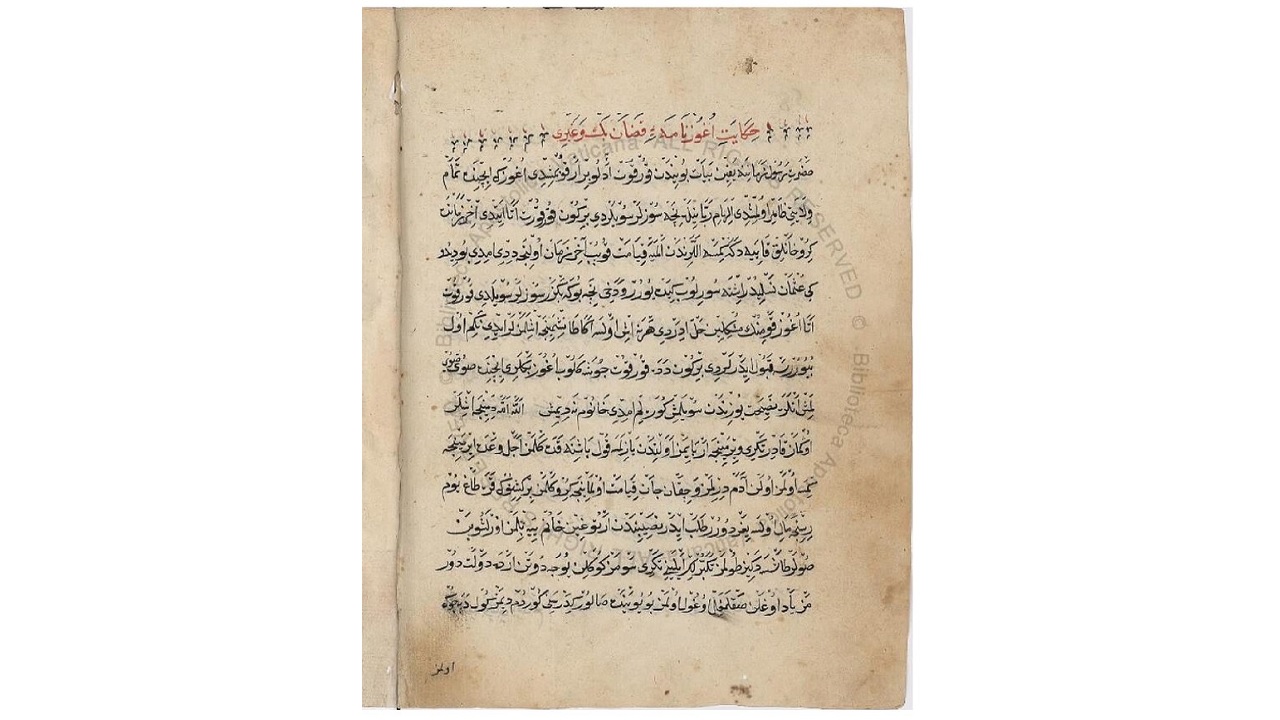
- Stories in the Dresden edition:
- Boğaç Han, Son of Dirse Han
- Looting Salur Kazan’s House
- Kam Büre Bey’s Son Bamsı Beyrek
- The Capture of Uruz, Son of Kazan Bey
- Duha Koca Son Deli Dumrul
- Bloody Husband Son Kanturali
- Kazilik’s Husband Son Yegenek
- Basat’s Killing of Tepegoz
- Begin’s Son Emren
- Usun’s Big Son Segrek
- Salur Kazan Captured and Released by His Son Uruz
- Inner Oghuz Becoming a Stone Oghuz Rebel and Killing Beyrek
- Stories in the Vatican copy:
- Boğaç Han, Son of Storyt-i Han
- Storyt-i Bamsi Beyrek
- Storyt-i Salur Kazan’s House Was Looted
- Storyt-i Kazan Begun’s Son Uruz Khan Is A Prisoner
- Storyt-i Kazilik Husband Son Yegenek Bey
- Storyt-i Taş Oguz Rebelled Against Inner Oghuz and Death of Beyrek
- The stories in the Turkestan copy:
- Boğaç Han, Son of Dirse Han
- Looting Salur Kazan’s House
- Kam Büre Bey’s Son Bamsı Beyrek
- The Capture of Uruz, Son of Kazan Bey
- Duha Koca Son Deli Dumrul
- Bloody Husband Son Kanturali
- Kazilik’s Husband Son Yegenek
- Basat’s Killing of Tepegoz
- Begin’s Son Emren
- Usun’s Big Son Segrek
- Salur Kazan Captured and Released by His Son Uruz
- Inner Oghuz Becoming a Stone Oghuz Rebel and Killing Beyrek
- Salur Kazan’s Killing of the Seven-Headed Dragon
One of the most important folk tales of ancient Turkish culture. How Dede Korkut Stories came about, what are their names and features We answered frequently asked questions such as: If you haven’t read it yet, you’re definitely missing out.
